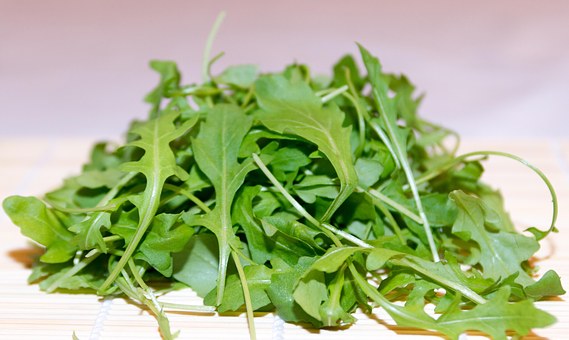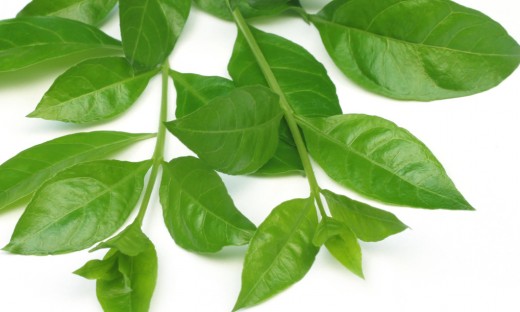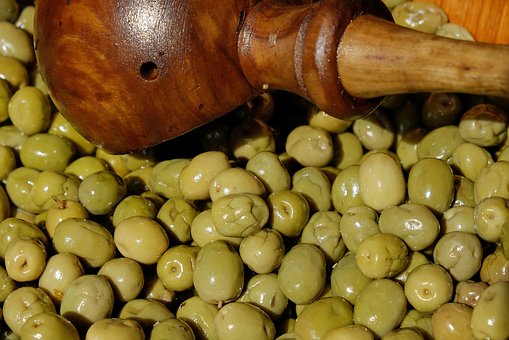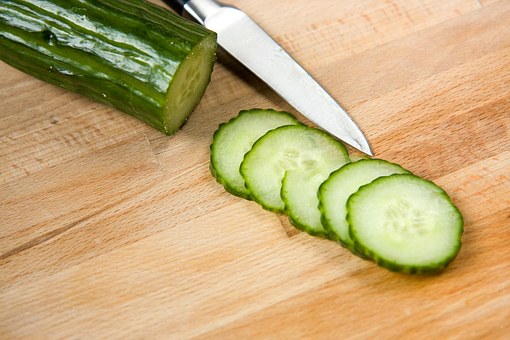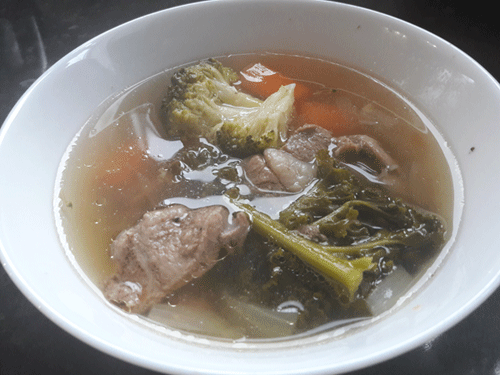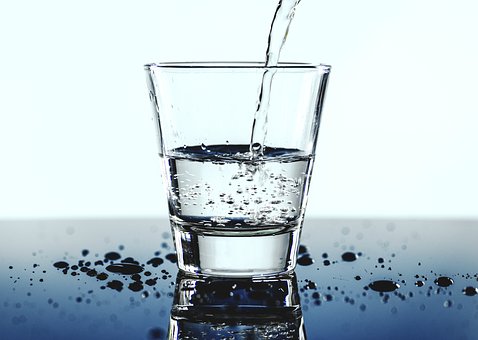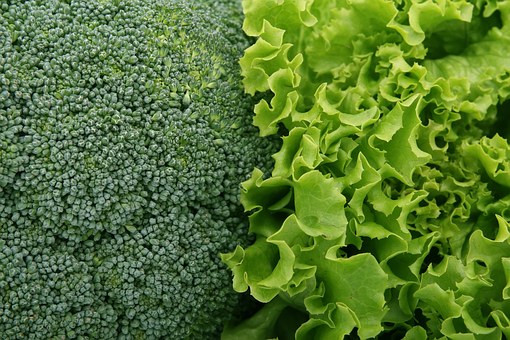Flush Out Toxic Heavy Metals With Coriander
© HealthyMuslim. See Terms and Conditions

Many of the healing properties of coriander can be attributed to its exceptional phytonutrient content. It contains a volatile oil which is rich in beneficial phytonutrients, including carvone, geraniol, limonene, borneol, camphor, and linalool, as well as flavonoids like quercetin and kaempferol, and active phenolic acid compounds, including caffeic and chlorogenic acid.
Coriander Removes Heavy Metals
Heavy metals like mercury, lead and cadmium are all extremely toxic to the human body and are associated with contributing to the deterioration of neurological function.
Coriander is a simple, natural way to detoxify the body and remove these toxic substances from tissues. This healing plant helps to release these heavy metals from the brain and central nervous system into other tissue.
In two studies carried out by Dr. Yoshiaki Omura, it was found that the leaves of the coriander plant accelerated the excretion of mercury, lead and aluminum from the body.
He had been treating several patients for an eye infection called trachoma, which is caused by the micro-organism Chlamydia trachomatis, as well as similar viral related infections. Following the standard treatment with antibiotics, Dr. Omura found that the patients' symptoms would clear up initially, then recur within a few months.
He found these organisms seemed to hide and flourish in area of the body where there were concentrations of heavy metals like mercury, lead and aluminum. Somehow the organisms were able to use the toxic metals to protect themselves from the antibiotics. While he was testing for those metals, Dr. Omura noticed the mercury level in the urine increased after patients consumed a serving of Vietnamese soup. The soup contained Chinese parsley, or as it is more commonly known, cilantro/coriander.
Further testing revealed that eating coriander increased urinary excretion of lead and aluminum, and when used synergistically with antibiotics, the infection was eliminated for good. [1]
In the second study, three amalgam fillings were removed from an individual using all of the precautions available to prevent absorption of the mercury from the amalgam. This included methods like strong air and water suction, water rinses, and a rubber dental dam, but significant amounts of mercury were later found in the individual's lungs, kidneys, endocrine organs, liver and heart. There was no mercury in these tissues prior to the amalgam removal. Coriander was able to remove the mercury in two to three weeks. [2]
Using Coriander
To receive the remarkable benefits of this herb, add fresh coriander or its seeds to almost any food, both cooked and raw. Try blending together olive oil, fresh coriander, lime juice and lime zest with some sea salt for a delicious, zingy dressing to drizzle on raw or cooked vegetables or salads.
References
- [1] Omura Y, Beckman SL. Role of mercury (Hg) in resistant infections & effective treatment of Chlamydia trachomatis and Herpes family viral infections (and potential treatment for cancer) by removing localized Hg deposits with Chinese parsley and delivering effective antibiotics using various drug uptake enhancement methods. Acupunct Electrother Res. 1995 Aug-Dec;20(3-4):195-229.
- [2] Omura Y, Shimotsuura Y, Fukuoka A, Fukuoka H, Nomoto T. Significant mercury deposits in internal organs following the removal of dental amalgam, & development of pre-cancer on the gingiva and the sides of the tongue and their represented organs as a result of inadvertent exposure to strong curing light (used to solidify synthetic dental filling material) & effective treatment: a clinical case report, along with organ representation areas for each tooth. Acupunct Electrother Res. 1996 Apr-Jun;21(2):133-60.
Link to this article: Show: HTML Link • Full Link • Short Link
Share or Bookmark this page: You will need to have an account with the selected service in order to post links or bookmark this page.





|
Related Articles:
- High Fructrose Corn Syrup, Ingredient in Many Popular Foods, Contaminated With Mercury
- Mercury Found in Common Food Sweetener
- Easy Carrot and Coriander Soup
- Coriander: A Beneficial Herb and Spice
- US Issues Health Warning Over Mercury Fillings
- Norwegian Government Bans Mercury in Dental Amalgams
- Norway, Sweden and Denmark Ban Mercury Amalgams For Environmental and Health Reasons
- Vaccine Mercury Toxicity and Autism - What You Should Know Immediately
- Dr Russell Blaylock: The Truth Behind The Vaccine Cover-Up
You must be registered and logged in to comment.
Most Popular
Latest Articles
Popular Subjects
Health, fitness and longevity
Based upon the principles of health
in the Qur'an and Prophetic Traditions.
HealthyMuslim.Com
There are two bounties in which
most people lose out: good health
and free time. Al-Bukhari.







